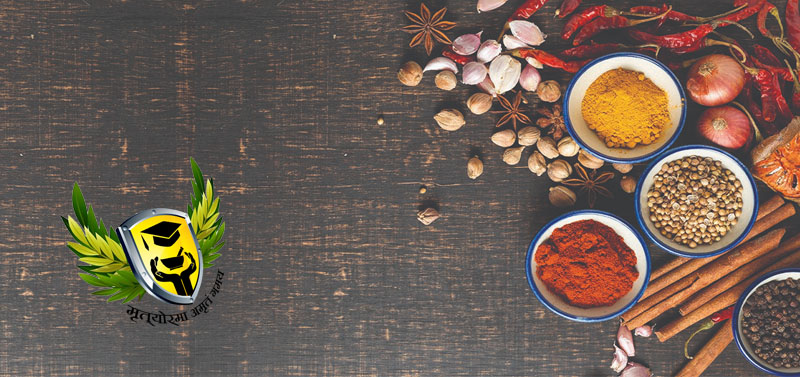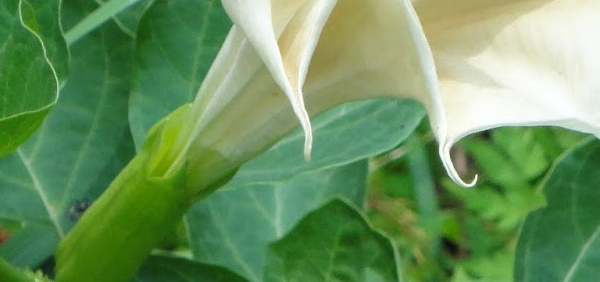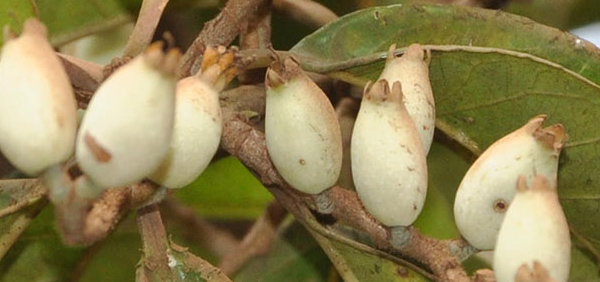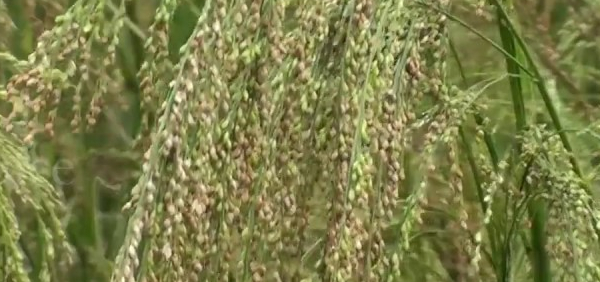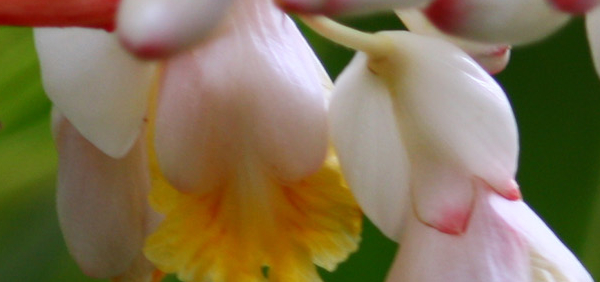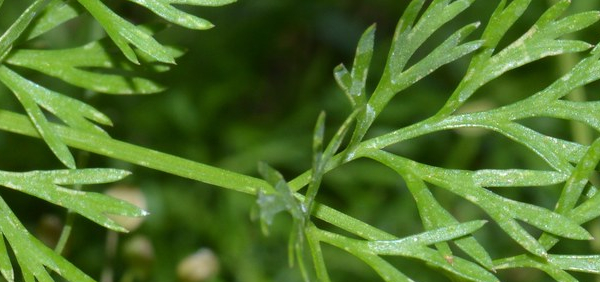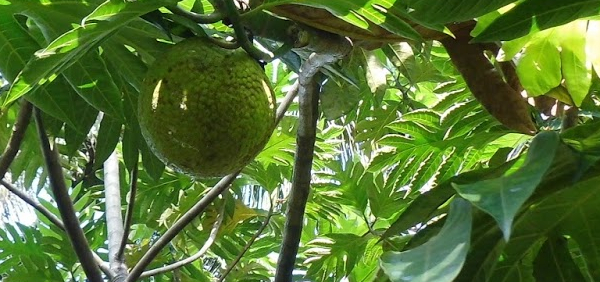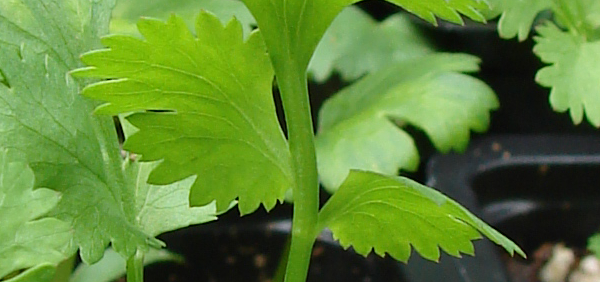vishaghni :
 Alstonia venenata is an important ethnobotanical plant of the family Apocynaceae. It grows as a shrub or small tree in low to mid elevation deciduous forests of India.The bark of the plant and, sometimes, the fruit, are used for medicinal purposes.
Alstonia venenata is an important ethnobotanical plant of the family Apocynaceae. It grows as a shrub or small tree in low to mid elevation deciduous forests of India.The bark of the plant and, sometimes, the fruit, are used for medicinal purposes.Taxonomical Classification
Kingdom: Plantae - Plants
Class: Magnoliopsida - Dicotyledons
Family: Apocynaceae
Genus: Alstonia
Species: Alstonia venenata
Allied species:
VERNACULAR NAMES
Sanskrit: अनादना Anadana, राज अनादना raja-adana, विषघ्नी visaghniEnglish: Devil Tree,Sinnappalai
Telugu: edaakula paala
Oriya: ରଣଜିତ ranajita
Tamil: சிந்நபால்லை Sinnappalai
Malayalam: Perumarunnu,Theepala,Theeppala,Palamunpala,Kuttippala,Analivegam
Kannada: adda sarpa
Munda: mangar jita •
Tulu: ಎಲ್ಯ ಪಾಲೆ elya paale
Definition
In Malayalam, the word anali refers to Pit Viper – a group of venomous snakes. So this name might have come from it.Synonyms
Synonyms in Ayurveda: vishaghni, anadana, raja-adana, ganda durvaIn Malayalam, the word anali refers to Pit Viper – a group of venomous snakes. So this name might have come from it.
certain tribals in India have been using the various parts of this tree for therapeutic purposes as well as against snake bites.
Harvesting:
Flowering and fruiting: February-AugustPhytochemistry:
A study about the phytochemical properties of A.venenata detected the presence of terpenoids as well as various other compounds.Controversy:
However, in Ayurveda or in ancient literature, there are no prominent mentions about Alstonia venenata. So, even though some sources refer to its use as an anti-venom due to the presence of an alkaloid called indole, it is not common in the current system of Ayurveda.Morphology:
Shrubs or small trees. Leaves 12-20 x 1.2-3 cm, linear-oblong, acuminate at both ends, 5 at each node, lateral nerves many, very close. Cymes terminal, to 20 cm across, corymbose. Flowers many; pedicels stout; sepals 1 mm long, ovate, acute, ciliate; corolla tube slender, hairy inside, lobes 13 mm long, oblong, acute, white. Follicle 2-angled, acute; seeds smooth.Histology:
Geographical distribution:
ECOLOGICAL ASPECT:
Moist deciduous and dry deciduous forests, often in forests clearingsTherapeutic Uses:
Roots and fruits are believed to be useful for skin diseases, leprosy, cobra and other venomous bites, epilepsy, fatigue, fever, syphilis, insanity, helminthiasis, epilepsy, as remedy for impure blood.Research:
Use in other system of medicine:
certain tribals in India have been using the various parts of this tree for therapeutic purposes as well as against snake bites.CONCLUSION:
KEY WORDS: vishaghni Alstonia venenata R. Br.
- » Classification and names of vishaghni
- » Synonyms and definitions of vishaghni
- » Drug Properties of vishaghni
- » Chemical Constituents of vishaghni
- » Standardization of vishaghni
- » Parts used and Dosage of vishaghni
- » Morphology and Histology of vishaghni
- » Distribution and Conservation of vishaghni
- » Cultivation of vishaghni
- » vishaghni in the market
- » Medicinal Uses of vishaghni
- » Researches and clinical trails of vishaghni
- » vishaghni in other sytems of medicine
- » Ayurvedic formulations with vishaghni
- » Images of vishaghni


